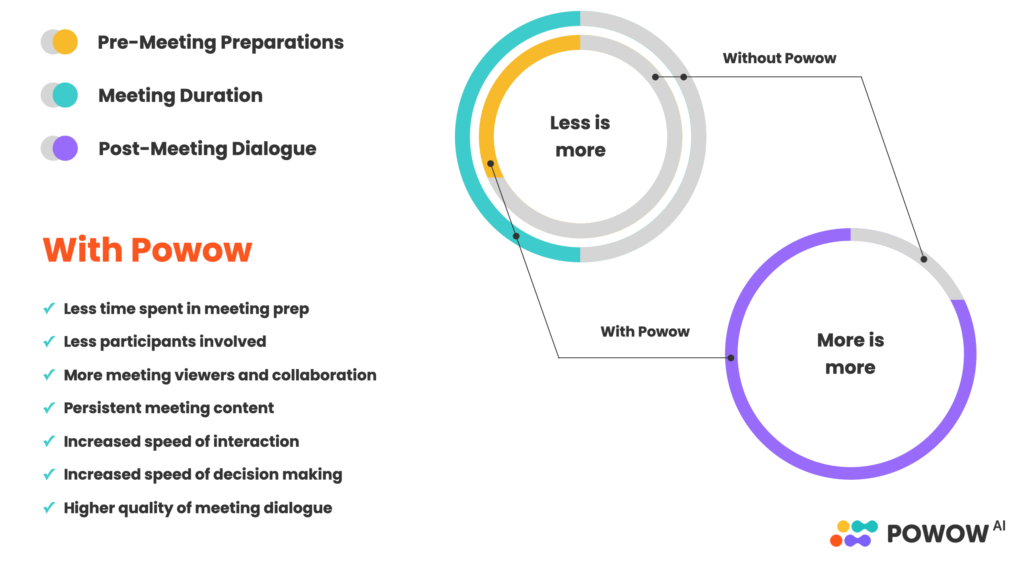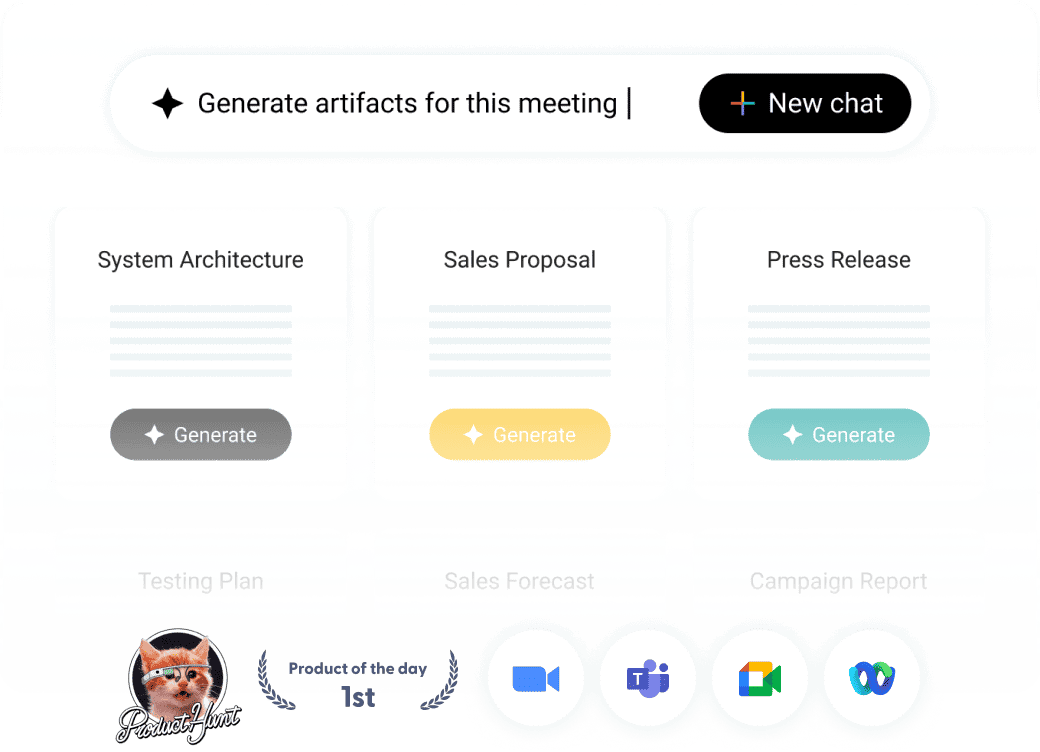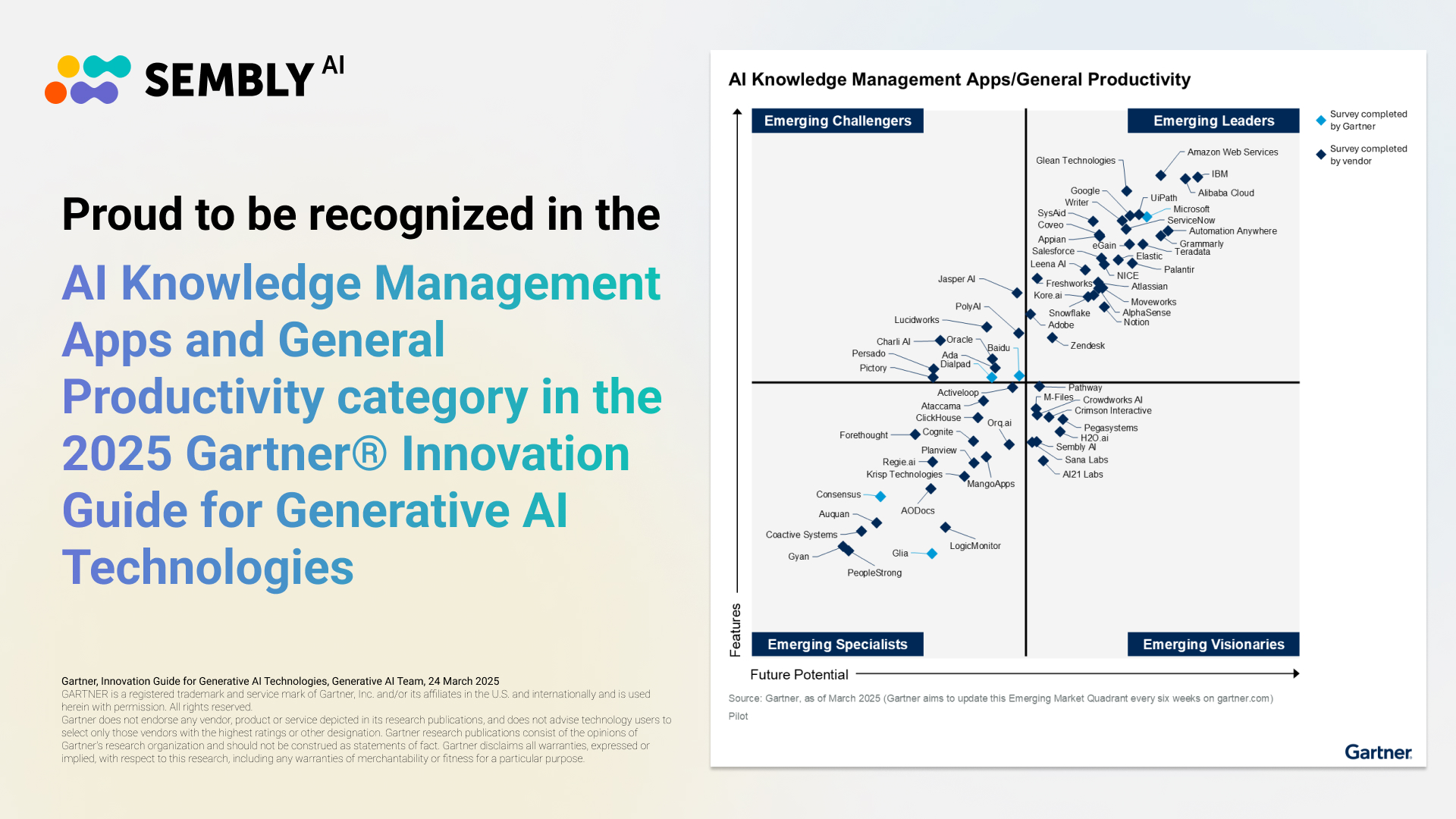Recently updated on January 24th, 2023

When a meeting completes, each participant has their own understanding of what was said, meant, and agreed upon. The lack of a common reference record from meetings makes it difficult to have a meaningful post-meeting dialogue between participants because each is starting from a different baseline.
Further, it makes it even more difficult for individuals who were not in attendance to contribute to the ongoing dialogue without a single source of truth of what was said during the meeting. Having an AI agent attend the meeting and creating a comprehensive record can solve these problems and encourage more robust post-meeting dialogue.
We often tend to think of meetings as discrete events, but in general they are part of an ongoing decision-making process. Some decisions are made during meetings while others are made after-the-fact based on evidence discussed during meetings. It is important to record these decisions and the associated assumptions so that they can be justified and modified in the future based on new evidence or changing conditions.
Additionally, the complete record encourages further collaboration by allowing non-participants (team members viewing the meeting after it has completed) to engage thoughtfully with full context as if they had participated, furthering diversity of input. Having a comprehensive, objective record that captures this information and encourages targeted dialogue will improve the time-to-decision by reducing repetition, conflicting narratives, and homogeneous viewpoints.
Large enterprises will see the greatest benefit from consistency and continuity of meeting content capture. Making this content persistent – across meetings and organizational units – will enable managers to see how individuals and ideas from one meeting can drive decisions during post-meeting dialogue.
The value of a common understanding – made possible by automated meeting content generation and sharing – cannot be overstated. When the substance of a meeting can be leveraged by a larger population after the meeting, even when the original participants are no longer available, enterprises can finally treat meeting content as a real enterprise asset.










